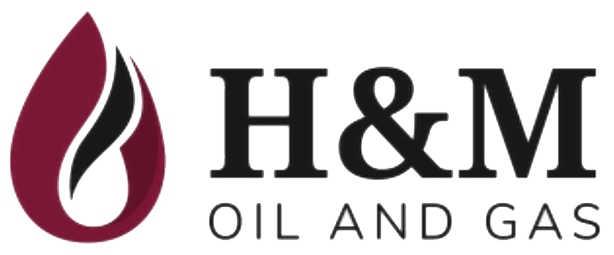FAQs
Oil and gas construction workers perform tasks involving physical labor that entails building well foundations, setting up a rig, welding pipelines, or building refinery infrastructure. They use hand tools, repair drilling equipment, and transport material to and from sites.
Upstream activities in the oil industry include exploration, drilling and extraction. Upstream is followed by midstream (transportation of crude oil) and downstream (refining and distribution) phases.
The upstream segment and unconventional sectors of the oil and gas market contains exploration activities which includes creating geological surveys and obtaining land rights, and production activities, which also includes onshore and offshore drilling.
Upstream oil and gas companies make their money through crude oil exploration, oil and gas consultation, and production.
The difference between upstream and downstream is that upstream oil and gas production is conducted by companies who identify, extract, or produce raw materials while downstream oil and gas production companies are closer to the end user or consumer.
When crude oil is expensive, the seller will see a rise in profits while the buyer will see a rise in costs. The companies say they are making their money through crude oil exploration and production, the “upstream” part of the business, but not refining and selling fuel, the “downstream” part of the business.
Offshore means off the coast. In oil and gas extraction, offshore refers to the development of oil fields and natural gas deposits under the ocean.
There are three standard valuation approaches and they are income, market, and asset. These are applicable for companies in the oil and gas industry, each segment within the industry value chain has its own unique operations and characteristics.
Here is the Upstream and Downstream formula:
Upstream = (u-v) km/hr, where “u” is the speed of the boat in still water and “v” is the speed of the stream.
Downstream = (u + v) km/hr, where “u” is the speed of the boat in still water and “v” is the speed of the stream.
Onshore in oil and gas is used in relation to hydrocarbons, refers to an oil, natural gas or condensate field that is under the land or to activities or operations carried out in relation to such a field.
- Tank Vessels:
- Storage tanks
- Gas condensers
- Storage Tanks:
- Flat bottom storage tank
- Cone bottom storage tank
- Slope bottom storage tank
- Dish bottom storage tank
- Aboveground storage tank
- Underground storage tank
- Vertical storage tank
- Horizontal storage tank
- Fixed roof storage tank
- Dome roof storage tank
- Floating roof tank
- External floating roof tank
- Internal floating roof tank
- Heat Exchangers:
- Shell and tube heat exchanger
- Plate heat exchanger
- Regenerative heat exchanger
- Adiabatic wheel heat exchanger
- Air coolers
- Evaporators:
- Natural/forced circulation evaporator
- A rising/falling film evaporator
- Climbing and a falling-film plate evaporator
- Multiple-effect evaporator
- Agitated thin film evaporators
- Towers
The oil and natural gas industry does more than meet the energy needs of a society. It creates opportunity, generates employment, boosts local businesses, drives crucial research and development, and promotes education and training, while generating and maintaining sustainable infrastructure.
A midstream operator is a company that gathers, transports, and processes natural gas or oil. They are generally involved with pipeline transportation or storage of crude oil, natural gas, or refined petroleum products.
After crude oil is discovered and extracted, the upstream process Is shipped and processed. Thereafter, oil is refined, marketed, distributed, and sold, which is the downstream process.
Midstream assets are used in energy logistics, including but not limited to assets used in transporting, storing, gathering, processing, distributing, or marketing of natural gas, natural gas liquids, crude oil or refined products.
Midstream gas companies operate the pipeline and gathering or transmission facilities that move the gas from the well (upstream) to our homes and businesses (downstream).
Downstream in oil and gas is the refining of petroleum crude oil and the processing and purifying of raw natural gas as well as the marketing and distribution of products derived from crude oil and natural gas.
The downstream oil protocol is the step that will allow the government to work constructively with fuel producers, suppliers, haulers, and retailers to ensure that disruption is minimized.
LNG is the midstream of the oil and natural gas value chain, taking supply from upstream, producing product at the midstream and selling into markets downstream.
LNG means Liquefied Natural Gas.
LNG can be used for residential purposes such as cooking. Heating homes, and generating electricity, while commercial uses can be for manufacturing products like fertilizers, paints and medicines, and occasionally fueling commercial vehicles.
LNG is made of natural gas that has been cooled to a liquid state, at about -260° Fahrenheit, for shipping and storage.
The types of unconventional oils are:
- Heavy oil
- Extra heavy oil
- Bitumen
- Oil shale
The sectors of oil and gas are divided into three segments:
- Upstream. The business of oil and gas exploration and production.
- Midstream. Transportation and storage.
- Downstream. Includes refining and marketing.
Some of the alternative unconventional resources for oil and natural gas are shale oil, oil sands, shale gas, tight gas, and coal bed methane.
Unconventional petroleum reservoirs include petroleum from shale, coal, tight-sand, and oil-sand. These reservoirs contain enormous quantities of oil and natural gas.
Oil and gas marketing refers to methods and processes energy companies use to raise awareness of their organizations, establish their brand, and drive customers and prospects toward doing business with them.
Using goods and services, exploration and production of oil and natural gas is a national industry.


